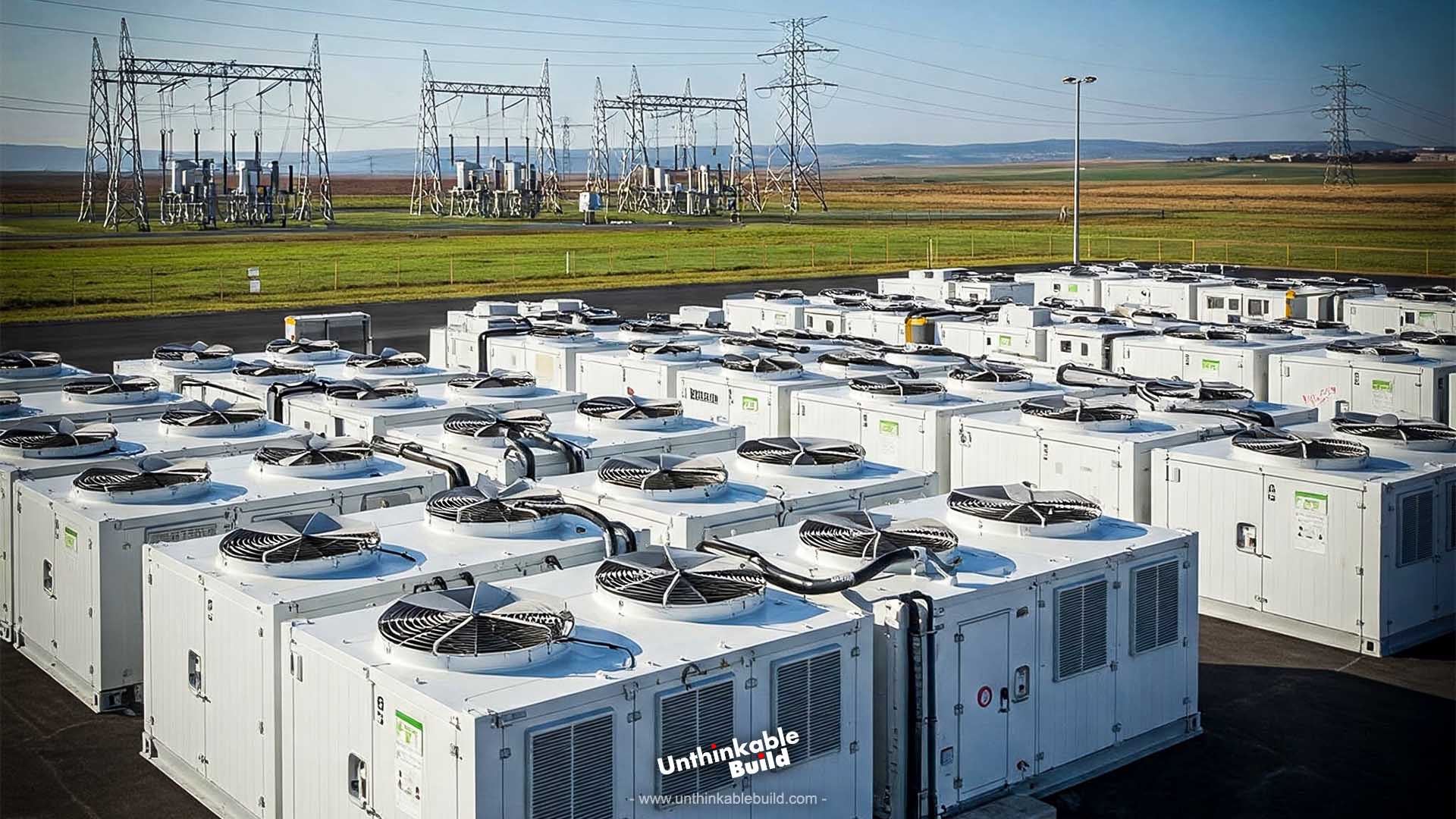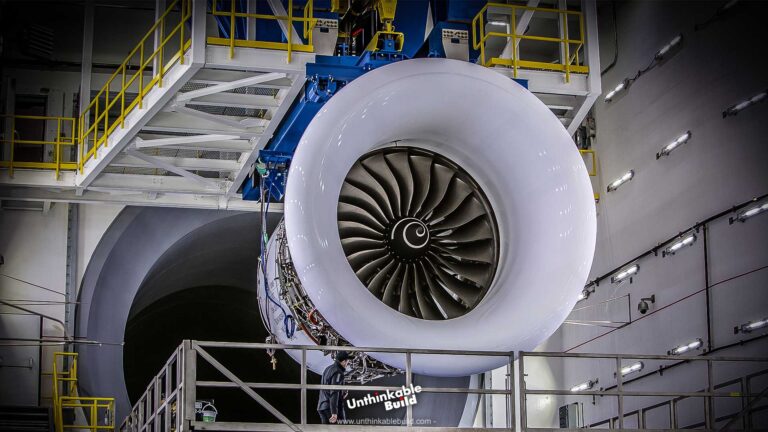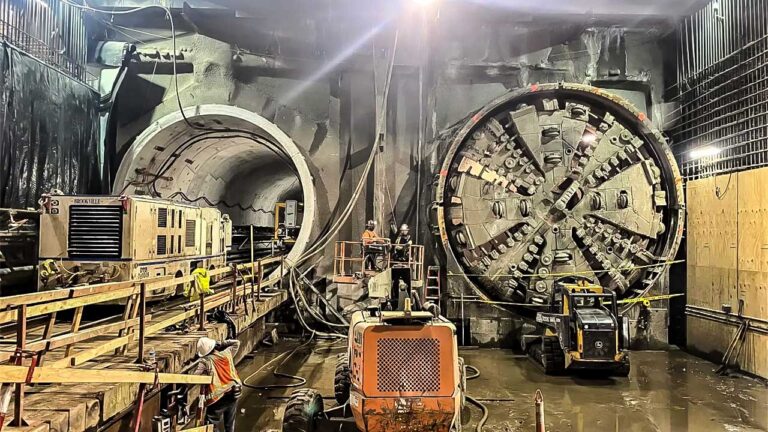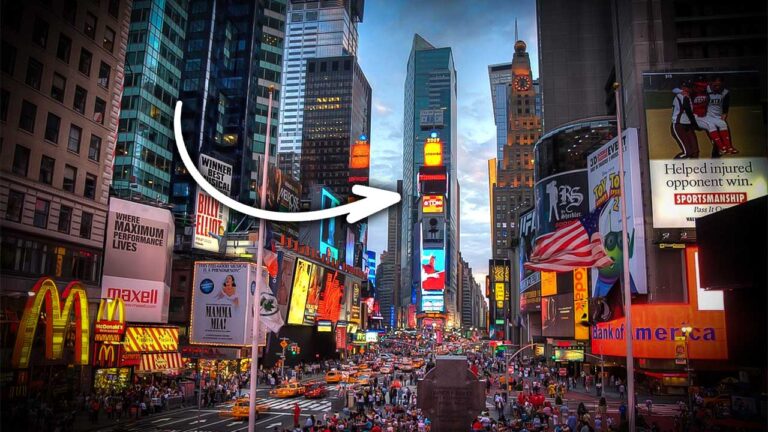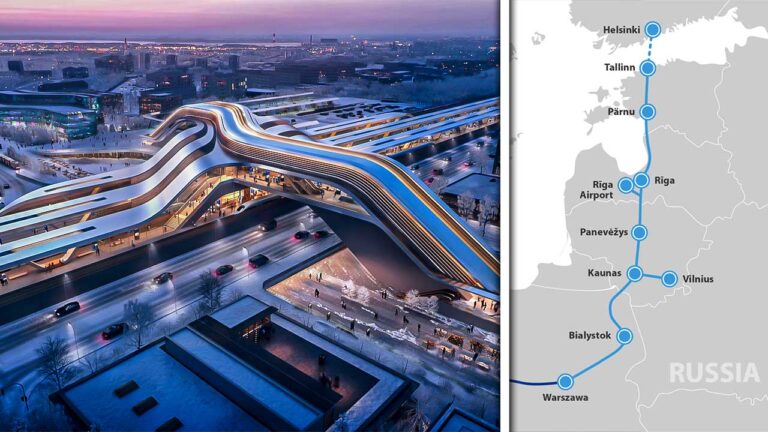Australia’s Energy Crisis: Can Giant Batteries Save the Grid?
What if I told you Australia is on the verge of becoming a global clean energy superpower—or collapsing into blackout chaos? Right now, this sun-drenched continent is leading the world in renewable energy, with 40% of homes running on rooftop solar and massive projects like the world’s longest undersea power cable—a 4,300 km monster—set to supply Singapore with solar power. But here’s the terrifying truth: Australia’s green energy dream is hanging by a thread. In 2016, the entire state of South Australia went dark in a catastrophic blackout—and in 2022, the national electricity market completely shut down to avoid collapse. Why? Because solar panels don’t work at night, and wind turbines stop when the air is still. The solution? Gigantic batteries—some bigger than football stadiums—that could either save the grid… or become a billion-dollar gamble. The stakes? Keeping the lights on for millions, cutting off coal for good, and proving whether renewables can truly power a nation. So, is Australia about to make history—or repeat its biggest energy failures? Stick around, because what happens next will change everything.
Australia is doing something no other country has done before—it’s racing to become a global leader in renewable energy, powered by endless sunshine and wind. But there’s a huge problem—what happens when the sun goes down, or the wind stops blowing? The answer could change the future of energy, not just for Australia, but for the entire world.
Right now, Australia is breaking records in renewable energy. Over 40% of homes have rooftop solar panels—the highest rate in the world. Wind and solar already supply nearly one-third of the country’s electricity. And some of the most ambitious energy projects on the planet are happening here—like the AA Powerlink, a 4,300-kilometer undersea cable that will send solar power from the Australian Outback all the way to Singapore. That’s like running a power cord from New York to Los Angeles… underwater.
Also Read: How China’s Belt and Road Initiative Collapsed
But there’s a catch. Renewable energy is unpredictable. Solar panels stop working at night. Wind turbines freeze when the air is still. And when supply doesn’t match demand, the grid can collapse. In 2016, South Australia suffered a state-wide blackout after a storm knocked out power lines—and since wind farms couldn’t stabilize the grid, the whole system failed. Then in 2022, Australia’s energy market was suspended to prevent another disaster. The lesson? Renewables alone aren’t enough—we need a way to store energy.
That’s where giant batteries come in. These aren’t just big versions of the ones in your phone—they’re monster-sized power banks that can store excess solar and wind energy when supply is high, then release it when demand spikes. Think of them like a shock absorber for the grid—keeping power stable, preventing blackouts, and cutting the need for coal and gas plants.
Australia is already building some of the biggest battery projects in the world. The Waratah Super Battery in New South Wales will be one of the largest, with 700 megawatts of capacity—enough to power half a million homes for an hour. It’s replacing an old coal plant, proving that clean energy can take over. Then there’s the Limestone Coast Energy Park in South Australia—two massive batteries storing 1.5 gigawatt-hours of energy, enough to keep the lights on during peak demand.
But the most exciting project might be the Victorian Big Battery near Geelong. This 300-megawatt beast acts like a virtual power line, storing energy and releasing it in seconds when needed. It can power a million homes for 30 minutes during emergencies—preventing blackouts and keeping the grid stable.
The challenge? Australia needs way more storage—and fast. Right now, the country has about 3 gigawatts of battery storage. But by 2030, it needs 22 gigawatts—that’s seven times more than today. And with more electric cars, factories, and homes running on renewables, the demand will only grow.
So, can Australia pull this off? The projects are impressive, but the clock is ticking. If batteries can stabilize the grid, it could prove that 100% renewable energy is possible. If they fall short, blackouts and energy crises could keep happening. The world is watching—because if Australia succeeds, it could become the blueprint for a clean energy future.
But what about the cost? The risks? The technology? That’s the next chapter—and it’s just as important. Stay tuned, because the race to save Australia’s energy grid is only getting more intense.
So Australia is building these massive batteries—some as big as small towns—to store renewable energy and keep the lights on. But here’s the real question: Will it actually work? Because while these projects sound impressive, there are some serious hurdles standing in the way.
First up: money. These batteries don’t come cheap. The AA Powerlink—that giant undersea cable to Singapore—will cost a staggering $35 billion. Even smaller projects, like the Waratah Super Battery, need hundreds of millions in funding. And right now, a lot of these projects rely on government subsidies and private investors to stay alive. What happens if the funding dries up? Will these batteries get built—or will they stay stuck on the drawing board?
Then there’s the battery lifespan problem. Most of these systems use lithium-ion technology—the same stuff in your phone or laptop. And just like your phone, they degrade over time. After 15 to 20 years, they’ll need replacing. That means Australia isn’t just building batteries—it’s signing up for a never-ending cycle of maintenance, upgrades, and waste. And here’s the scary part: Only 10% of lithium-ion batteries get recycled globally. So where will all the dead batteries go? Landfills? Or will Australia figure out a smarter way to reuse them?
And let’s talk about scale. Even with all these projects, Australia needs 33 gigawatts of storage by 2035 to keep the grid stable. That’s ten times what exists today. Can the country really build that much storage in just a decade? And what happens if demand grows even faster—thanks to electric cars, AI data centers, and new industries?
Also Read: Latin America’s Insane Mega Projects That Could Change EVERYTHING
That’s why some experts say batteries alone won’t be enough. Australia might need other technologies, like pumped hydro (using water and gravity to store energy) or even hydrogen storage, to fill the gaps. The good news? The government’s already investing in these ideas. The bad news? They’re expensive, untested at large scales, and take years to build.
So where does this leave us? Australia is betting big on batteries—and if it pays off, it could become the world’s first renewable energy superpower, proving that a fossil-fuel-free future is possible. But if the costs spiral, the tech fails, or the demand outpaces supply, the country could face more blackouts, higher energy prices, and a stalled green transition.
The stakes couldn’t be higher. This isn’t just about Australia—it’s about whether any country can run entirely on renewables. If Australia succeeds, it could inspire the world. If it fails, critics will say, “We told you renewables couldn’t work.”
So what do you think? Is Australia’s battery revolution a glimpse of the future—or a risky gamble?

